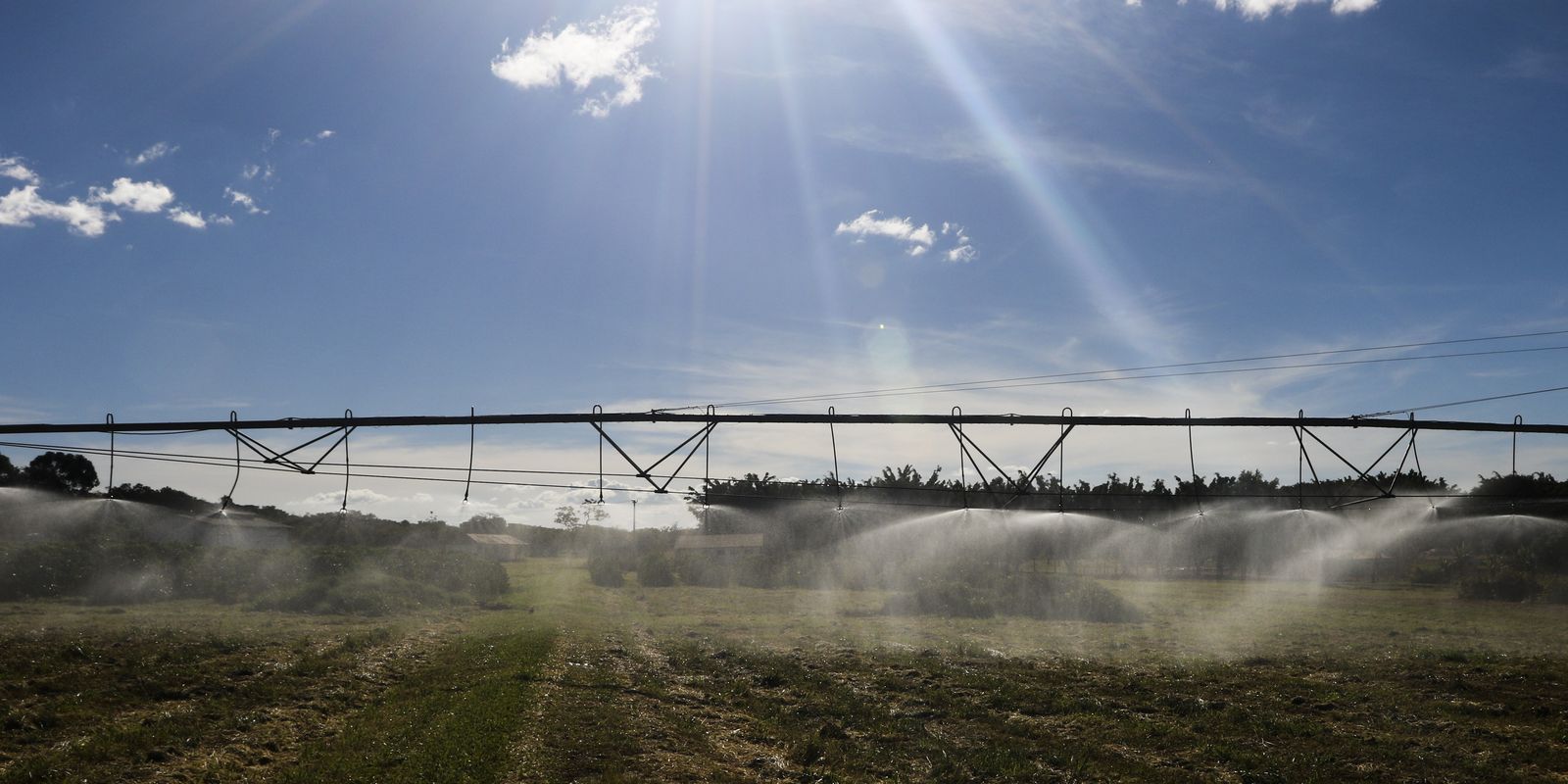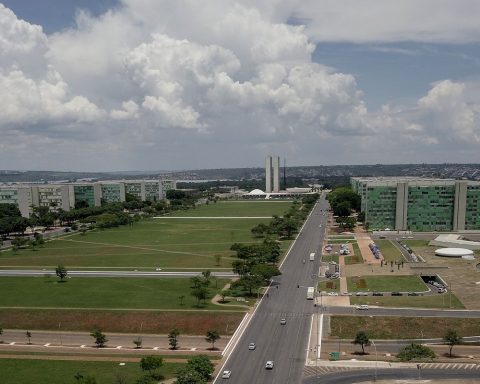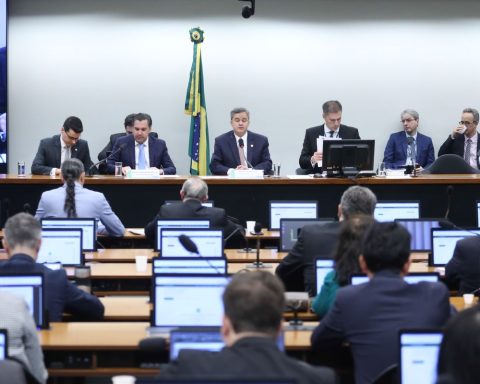Research conducted by the Institute of Geosciences at the Universidade Estadual Paulista (Unesp) in Rio Claro found that the replenishment of water from the Guarani Aquifer is below what is necessary to guarantee the maintenance of the quantity available in the reservoir, which extends across areas in the South and Southeast of Brazil. country, in addition to Paraguay, Uruguay and Argentina. The reservoir serves 90 million people, being responsible for maintaining the level of rivers and lakes in some areas of the interior of São Paulo during the dry period. 
In an interview with Brazil Agency, researcher Didier Gastmans, from the Center for Environmental Studies at Unesp Rio Claro, explained that the research sought to understand the importance of rain in the entry of new water into the aquifer, in the outcrop areas (surface), and that it was possible to confirm this role. He has been following the topic since 2002, in his doctorate, and all research since then indicates that the effects of overexploitation of the reservoir are constant, continuous and have worsened with the change in the distribution of rainfall in the outcrop area, which feeds the aquifer. The problem causes concern in areas with large agricultural production and population, such as Ribeirão Preto, in the north of São Paulo, where the first effects have been felt since the 1990s. “Now the number of wells has started to increase a lot and this is starting to show signs in several interior regions”, said Gastmans.
The geologist stated that the signs of overexploitation are clear in the monitoring of wells and reservoir levels, reaching those close to the outcrop regions, which have levels two to three meters lower, on average, but also the large exploration wells for industry and agribusiness, in which drawdown reaches an average of 60 to 70 meters in ten years. In this dynamic “the water has a certain depth in the well and drops, which requires deeper wells and more powerful pumps. In the western portion (of the state of São Paulo) we talk about large producers and systems for public supply. Small producers they already feel this impact in some regions close to the outcrop area”, he explained.
This lowering of levels reaches, at certain points, up to 100 meters, considerable even for the dimensions of the Aquifer, which has levels 450 meters thick in the reservoir, reaching up to 1 kilometer deep. The majority of Guarani consumption is for urban supply, and at least 80% of it is concentrated in the state of São Paulo.
One of the factors that causes concern in the short term is that the rain in the surface regions, from which the aquifer is recharged, is very concentrated, a situation in which only a small portion of rain infiltrates into the subsoil and greater runoff occurs and infiltrates less. There is also an impact from increased evaporation in surface areas, caused by an increase in the average temperature in the regions.
Gastmans criticized the lack of a clear set of actions on the part of public bodies, stating that the first necessary action is to know the users. “It is necessary to implement a monitoring system in almost real time, to understand and measure short and medium term services and policies.” The second is to combine groundwater and surface water, to be used in an integrated manner according to seasonal availability. “It is also necessary to think about future planning: we always talk about development, but managers seem to ignore that there is no fully sustainable development, as all development has an impact and these people need to start anticipating problems.” The Unesp researcher also defended the need to think about the use of better quality water for public supply and lower quality water for other uses, such as irrigation of large areas in the sugar and alcohol and citrus sector and industrial use.
When contacted by the report, the São Paulo State Water Agency (SP Águas) reported that it monitors all studies related to the recharge of the Guarani Aquifer and other water bodies in the state. According to the agency, “the management of the aquifer is carried out in an integrated manner with other water resources, aiming to guarantee a balance between usage demands and environmental preservation.” The majority of water abstraction in the state of São Paulo is concentrated in surface sources (rivers and lakes), with abstraction in deep wells, which access the Guarani Aquifer, being the smallest portion of total water resources. “All water abstraction in the state is subject to granting, granted only after careful technical analysis.”
Origin of water
The research conducted by Unesp, with the support of Fapesp, a São Paulo research support agency, used the monitoring of stable isotopes of hydrogen and oxygen as markers to identify the origin of the waters that make up the reservoir, which allowed us to understand the surface areas which contribute to maintaining the levels of the Guarani Aquifer. They also used a dating process with isotopes of krypton and helium gases to date the water from some wells, which allowed them to detect ages ranging from 2,600 years in Pederneiras, to 127 thousand years in Bebedouro, 230 thousand years in Ribeirão Preto and 720 thousand years in Paraná.
The search How much rainwater contributes to a spring discharge in the Guarani Aquifer System: insights from stable isotopes and a mass balance model could it be accessed here.















